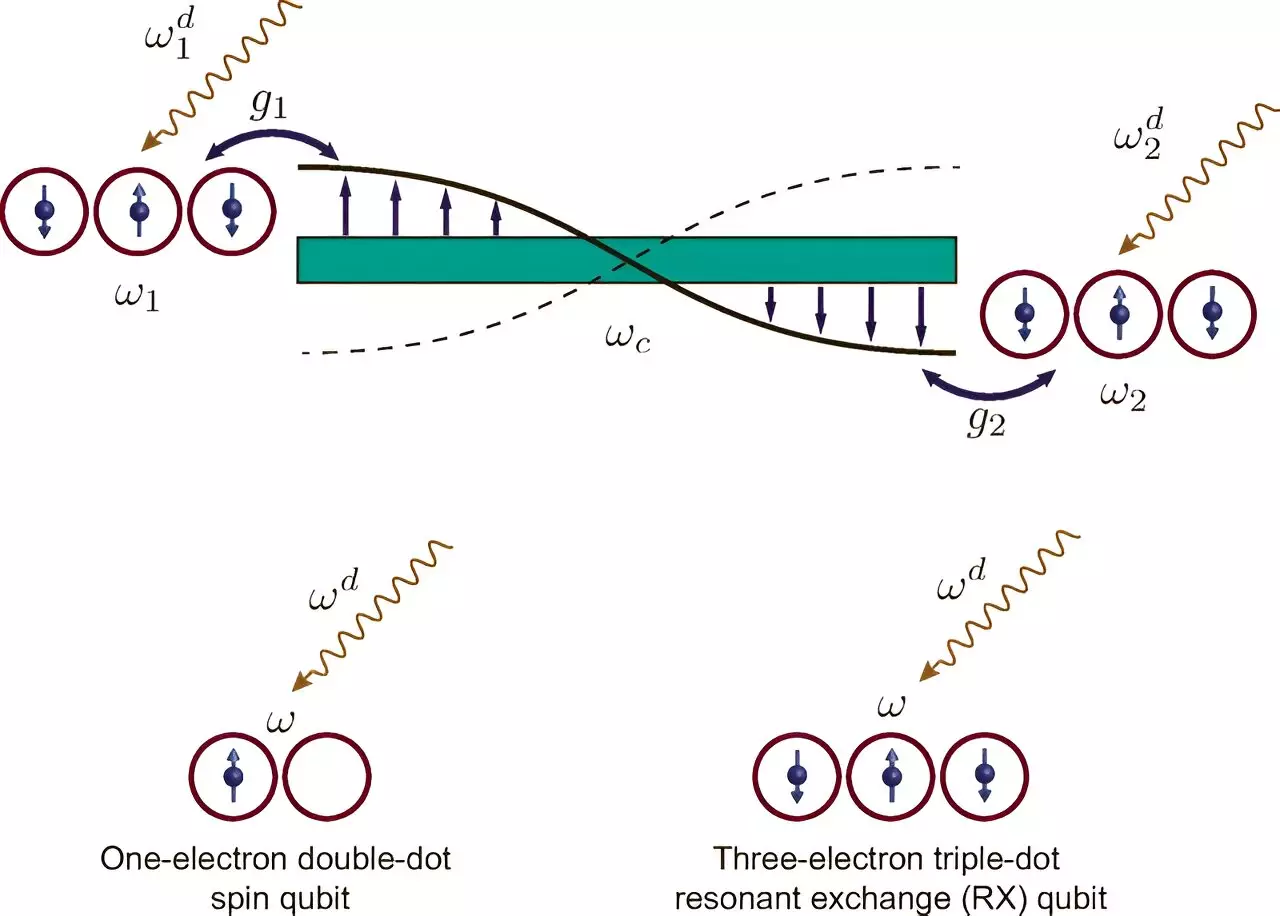Quantum computing is at the forefront of technological advancement, marking a significant departure from classical computing paradigms. At the core of quantum computers are quantum bits, or qubits, which represent information in quantum states that can exist simultaneously as both zero and one. This unique property allows quantum computers to perform computations at speeds that exponentially surpass classical supercomputers. Nonetheless, the realization of the full potential of quantum computing remains hampered by the challenge of scaling up the number of qubits. Achieving an effective configuration for millions of qubits presents numerous technical obstacles, primarily revolving around control and coherence among these quantum states.
The Scaling Challenge: Complex Electronics and Qubits
As researchers strive to elevate quantum processors to accommodate thousands or millions of qubits, the complexity of the supporting electronic circuitry escalates dramatically. Each qubit functions at distinct frequencies, necessitating intricate systems to control these active components individually. Historically, the scaling of quantum processors has entailed not only increasing the count of qubits but also ensuring that these qubits seamlessly interact without losing coherence or signal integrity. This process has historically been fraught with challenges, not least due to the extreme precision required to manage the nuanced characteristics of quantum states.
Recent theoretical endeavors led by experts such as Professor Vanita Srinivasa from the University of Rhode Island (URI) have broached innovative solutions to these issues. By exploring modular systems for scaling quantum processors, researchers aim to devise flexible architectures that allow for efficient interconnections between qubits over longer distances, essential for achieving collaborative operations critical to quantum functionality.
A Modular Vision: Building Blocks of Quantum Information Processing
The concept of using modular approaches in quantum computing has gained traction as it proposes a more systematic method of assembling quantum processors. Srinivasa and her team conceptualize an architecture akin to LEGO blocks, where smaller qubit modules can be interconnected to form larger systems. This analogy underscores the potential for pairing compact arrays of qubits with integrated control circuitry while establishing robust links that uphold quantum coherence across significant distances.
The modular framework promises to enhance the scalability of quantum processors considerably, allowing researchers to develop smaller qubit arrays that can function collaboratively. This has important implications for practical quantum computing, as it lays the groundwork for assembling large-scale systems while maintaining the precise control essential for quantum states.
The use of semiconductors to fabricate quantum processors has shown immense promise as advancements in semiconductor technology enable the creation of highly miniaturized but powerful quantum components. Spin qubits, in particular, capitalize on properties of electron spins within semiconductor materials, offering a method for maintaining the integrity of quantum information. These qubits can potentially store information more securely than other types due to their inherent stability against quantum noise and environmental interference.
However, amplifying the number of spin qubits in a coherent manner introduces complications. The theoretical framework established by Srinivasa and her collaborators addresses these complications by proposing methods to effectively entangle spin qubits over considerable distances without relying on stringent frequency matching among all components simultaneously.
A pivotal aspect of the proposed innovations revolves around the generation of additional frequency channels for each qubit. By applying oscillating voltages, researchers can produce sideband frequencies for qubits, effectively enhancing the flexibility in linking qubits for entangling operations. This innovative approach presents multiple resonance conditions, allowing for nuanced interactions among qubits without necessitating identical frequency tuning.
The implications of this innovation are profound: researchers can experiment with various entangling operational types by simply altering the voltages, significantly simplifying the process and indicating a potential reduction in the complexity of future quantum systems. This adaptability paves the way for more intricate quantum algorithms, ultimately advancing the field’s computational capabilities.
The ongoing exploration of modular, semiconductor-based quantum processors hints at a transformative shift in how quantum computing can be developed and scaled. By presenting a viable pathway forward, researchers like Srinivasa and her team are not only addressing existing limitations but also setting the stage for future breakthroughs in quantum technologies. Enhanced flexibility, resilience against quantum leakage, and the ability to seamlessly integrate a broader range of qubit interactions stand at the forefront of this burgeoning domain. As we stand on the cusp of widespread quantum computing capabilities, the robust solutions emerging from this theoretical work may well be the key to unlocking the full power of quantum computation.

